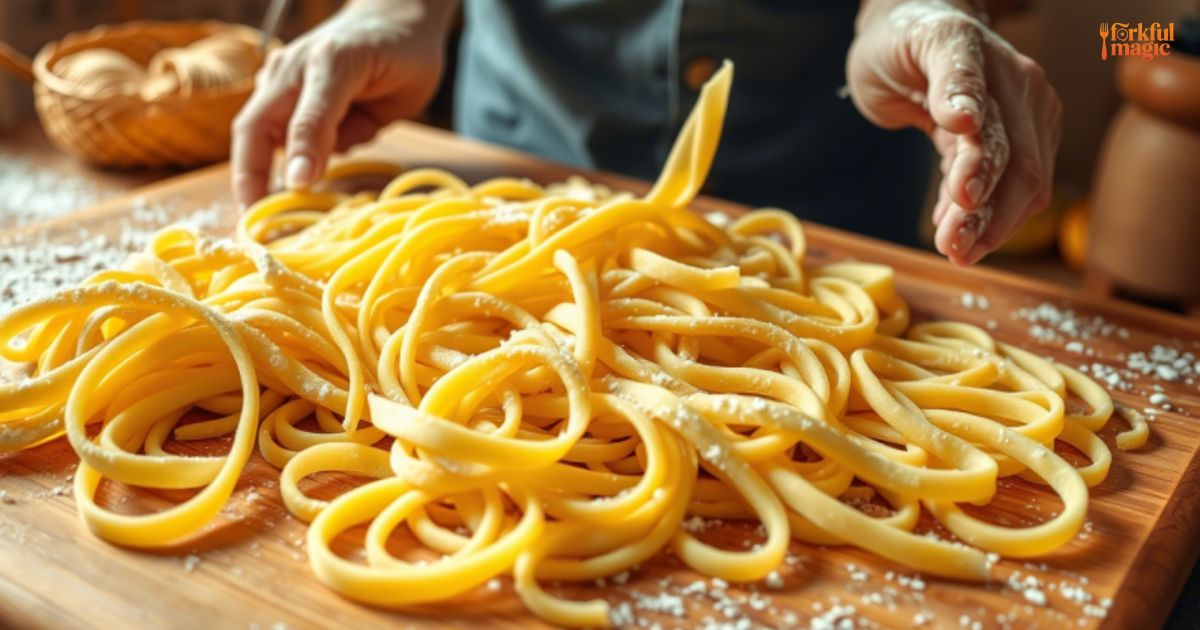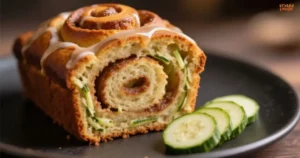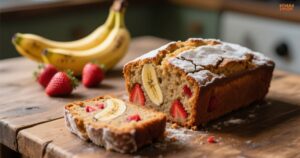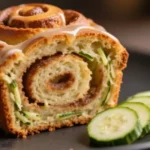There’s something magical about homemade egg noodles. They bring warmth and nostalgia, transporting many of us back to kitchens filled with laughter and the aroma of simmering broth. I still remember the first time I made these from scratch. It was a rainy afternoon, and the light danced through the window as I kneaded the dough. The joy of creating something so simple yet profound is truly unparalleled.
Homemade egg noodles are special for many reasons. They’re versatile, comforting, and remarkably easy to make with just a few ingredients. Unlike their dried counterparts, fresh egg noodles boast a tender texture and rich flavor that adds depth to any dish. Whether you’re serving them in a hearty chicken soup or tossing them in a savory stir-fry, these noodles elevate your meal to a whole new level.
Ingredients & Substitutions
Let’s dive into what you need to whip up these delightful noodles:
- All-Purpose Flour: About 2 cups. This is your base. You can sub with whole wheat flour for a nuttier flavor or gluten-free flour if needed. Just make sure it has a binding agent.
- Eggs: 2 large. They provide richness and structure. For a vegan option, try using aquafaba or a flaxseed mixture.
- Salt: 1/2 teaspoon. This enhances flavor. You can use sea salt or kosher salt; just adjust to taste.
- Water: A tablespoon or so, if needed. Sometimes the dough can be dry, so keep this handy.
When selecting flour, go for high-protein varieties if you want chewy noodles. They hold up better in soups. Fresh eggs? They make a big difference. The yolks add wonderful color and richness.
Step-by-Step Instructions
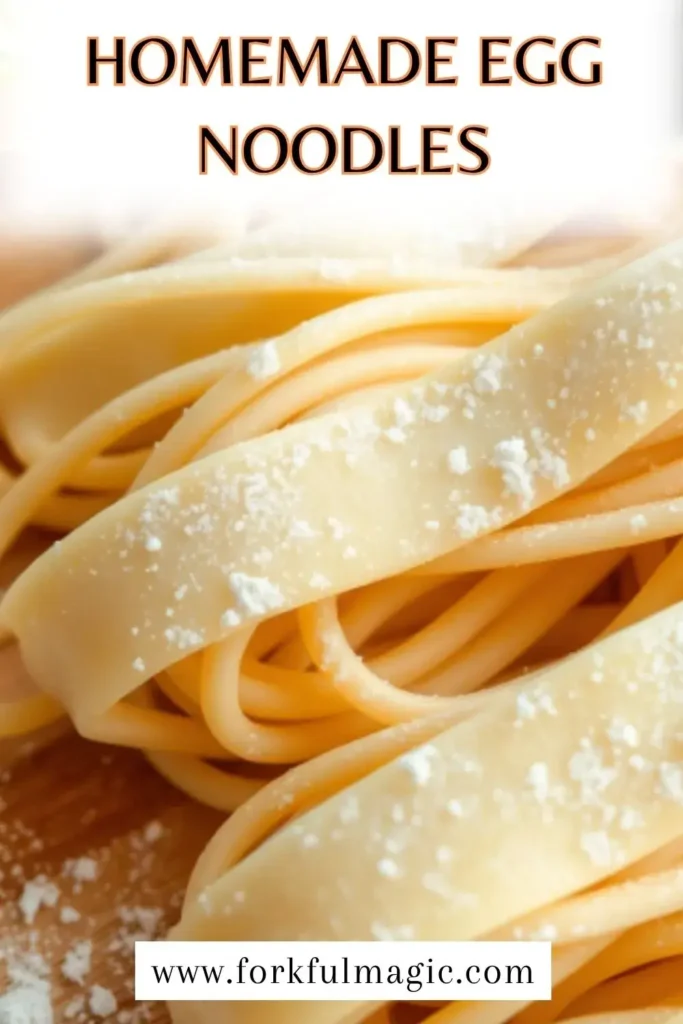
Now, let’s get into the fun part—making the noodles.
- Mixing the Dough: In a large bowl, combine the flour and salt. Make a well in the center and crack in the eggs. Use a fork to slowly mix the flour into the eggs until it becomes too hard to stir.
- Kneading: Dump the mixture onto a floured surface. Knead it for about 5-7 minutes until it’s smooth and elastic. If it’s sticky, sprinkle a little flour. This is where the magic happens.
- Resting the Dough: Wrap the dough in plastic wrap and let it rest for 30 minutes. This relaxes the gluten, making it easier to roll out later.
- Rolling Out: After resting, divide the dough into smaller portions. Roll each portion out thinly, about 1/16 inch thick. Dust with flour to prevent sticking.
- Cutting: Use a sharp knife or a pizza cutter to slice the dough into your desired width. For fettuccine, aim for 1/4 inch.
- Cooking: Boil a pot of salted water. Drop in the noodles and cook for 2-4 minutes. Fresh noodles cook much quicker than dried ones. Keep an eye on them!
Common Mistakes to Avoid
- Overworking the Dough: If you knead too much, the noodles can turn tough. Stop as soon as they’re smooth.
- Not Resting: Skipping the resting phase makes rolling difficult. Patience pays off here.
- Cooking Too Long: Fresh noodles can become mushy. Taste test them early!
Variations
Want to spice things up? For a richer flavor, mix in a tablespoon of olive oil or herbs like parsley into the dough. For a colored dough, experiment with beet juice or spinach puree.
Cooking Techniques & Science
Understanding why we do things helps improve your skills. Kneading develops gluten, giving the noodles that desired chewiness. Resting allows the dough to relax, which makes rolling it out much easier. The science behind cooking time? Fresh pasta cooks quicker because it’s not dried out like store-bought versions.
Invest in a pasta machine if you plan to make noodles often. It ensures even thickness and can save time. A sharp knife is essential for clean cuts.
Serving & Pairing Suggestions
Once your noodles are cooked, the possibilities are endless. Toss them with a light garlic and olive oil sauce, or serve them with a rich beef stew. They pair beautifully with a crisp green salad or a warm garlic bread.
For drinks, consider a light white wine or a refreshing iced tea. Presentation matters too—try garnishing with fresh herbs or a sprinkle of Parmesan cheese.
Conclusion
Homemade egg noodles are not just a recipe; they’re an experience. They bring people together and create memories. The key takeaways? Use quality ingredients, don’t rush the process, and enjoy the journey of making something from scratch.
For troubleshooting, if your dough is too dry, add a bit more egg or water. If it’s too wet, sprinkle flour gradually until you reach the right consistency.
FAQs
1. How long do homemade egg noodles last?
Fresh noodles can be stored in the fridge for up to 3 days or frozen for up to 2 months.
2. Can I make the dough ahead of time?
Absolutely! You can prepare the dough a day ahead and keep it in the fridge, wrapped tightly.
3. What’s the best way to cook egg noodles?
Boiling in salted water is best. You can also sauté them in oil or butter after boiling for added flavor.
4. Can I dry homemade noodles?
Yes! Lay them flat to dry for a few hours, then store in an airtight container.
5. What sauces go best with egg noodles?
They pair well with Alfredo, marinara, or a simple garlic butter sauce. The possibilities are endless!
